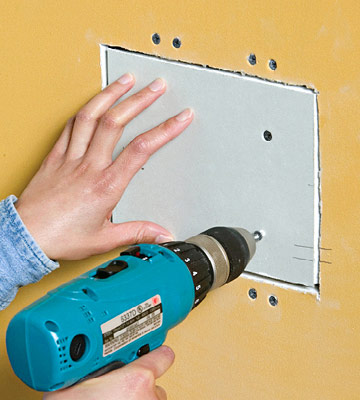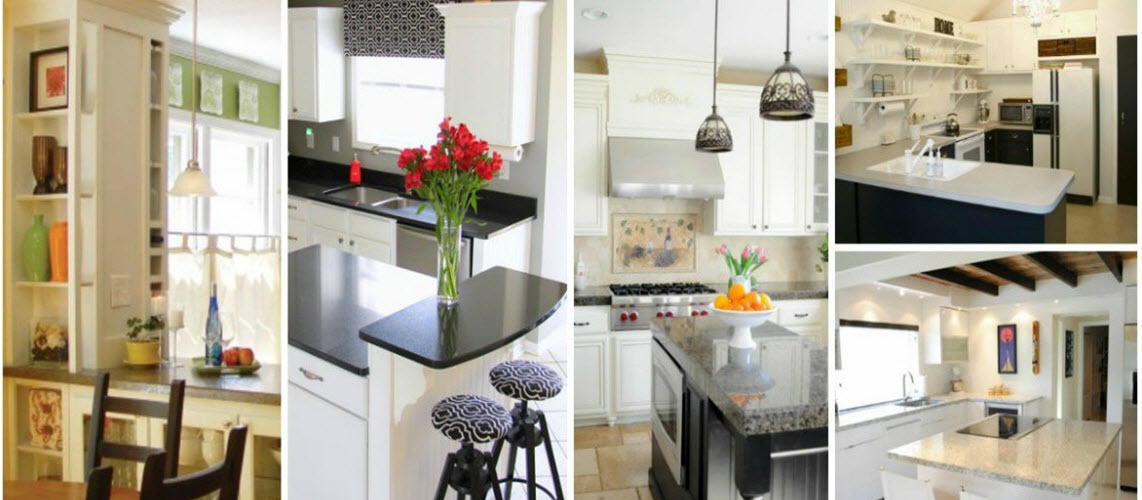If your property is outdated or was constructed using less-than-stellar supplies and workmanship, you may see cracks, holes, or water damage in your drywall. A standard drywall downside, particularly in newer houses, is nail pops,” or nail heads that draw back from the wood studs and protrude by way of the drywall tape or paint. The 2 commonest drywall compounds are light-weight and all-goal. Orange peel texture on partitions or ceilings is nice for hiding defects and adding interest, but it may be an actual pain if it’s important to make a big patch.
Let dry and sand clean. Maintain them tight to the bottom of the drywall when fastening them. Lower a sq. of drywall barely bigger than the outlet. Notice that in some circumstances we present mesh tape with lightweight or all-purpose compound applied over it. Strictly talking, for maximum energy mesh tape is best used with setting-sort drywall compound. If the crack is on a vertical or horizontal seam, rigorously widen the crack with the corner of a paint scraper, utility knife or chisel to determine if the crack extends utterly through the paper that’s masking the seam (image 2); and if the tape has pulled free from the wall surface.
The best approach to repair a medium-size gap in drywall is to make use of an adhesive-backed metal patch. To start this restore, first sand the floor smooth across the gap so the adhesive mesh will easily keep on with the floor of the wall. Whenever you remove a nail, drywall anchor or image hanger, there may be often a little ridge of outdated paint or drywall sticking out that is arduous to cowl with patching materials.
If water damage has triggered a drywall ceiling to sag, reattach it along the seam by pressing up and nailing the drywall to the joist. Although the drywall is never in danger of falling off the wall, the bumps are visible and ugly. Use a pair of C-clamps to fasten the backing board to the encircling drywall. Although this bead is injury-resistant, a pointy knock can cause the drywall compound that covers it to crack or chip off, and a robust enough shock can dent or bend the corner bead.
Minimize out the traced square with a drywall knife. For a knock-down finish – one where a trowel presses joint compound all the way down to kind a texture that’s extra mottled than a flat wall – evenly flatten the particles with a knife because the compound combination begins to dry. Retape the joint following the strategies shown in Step 1 of this how you can fix drywall article.
